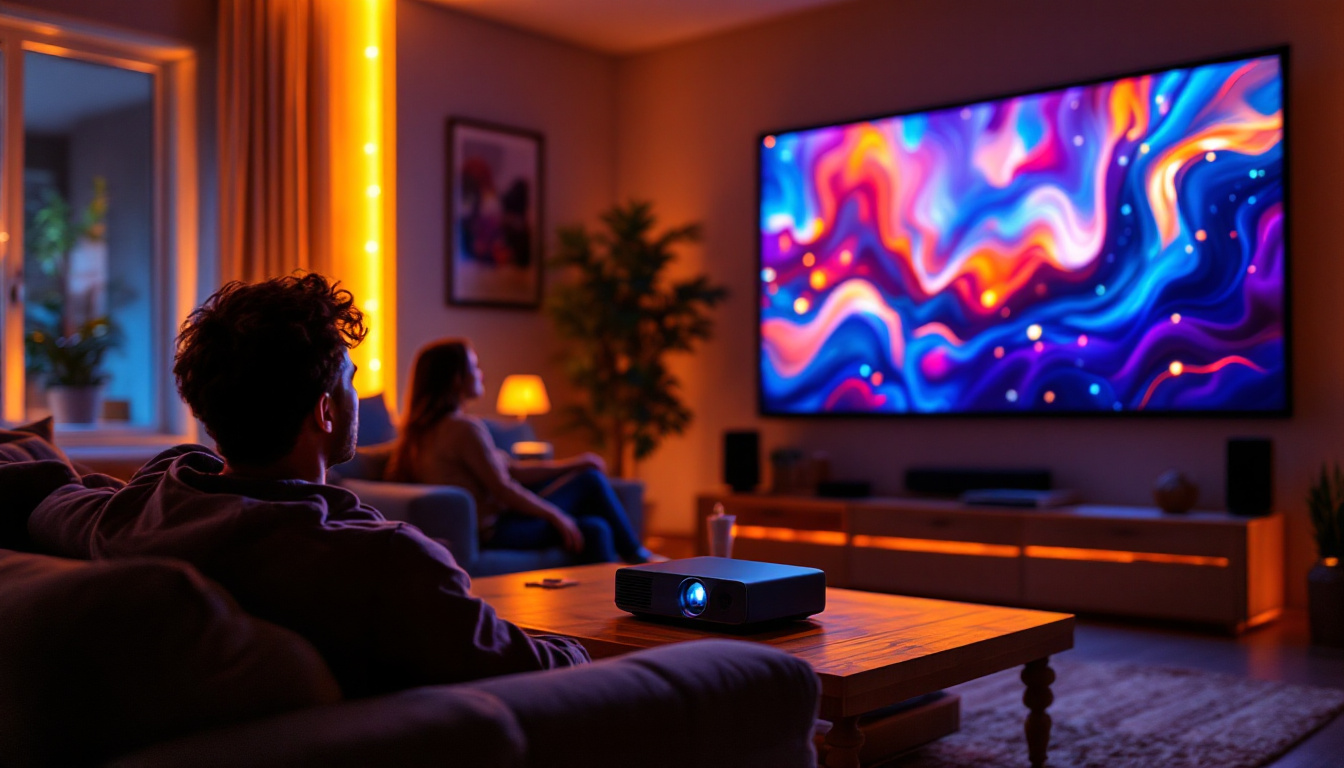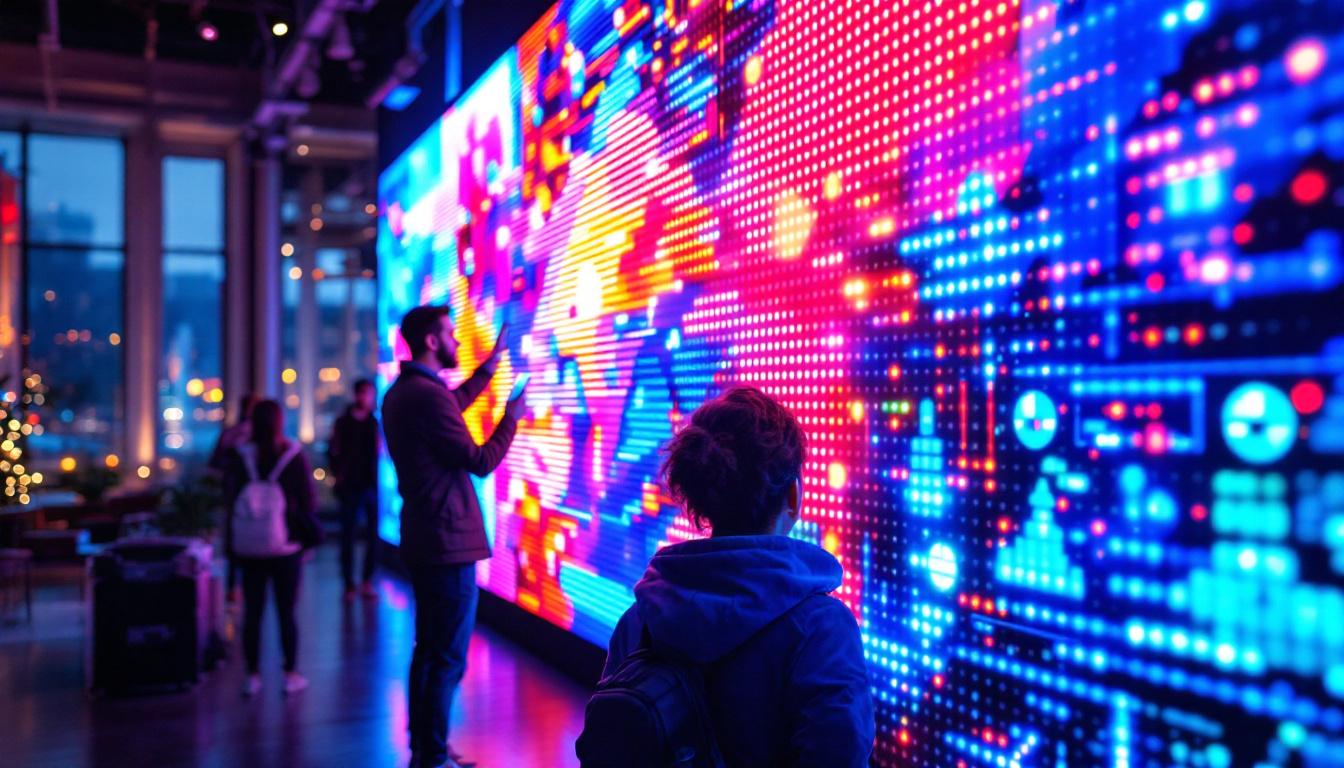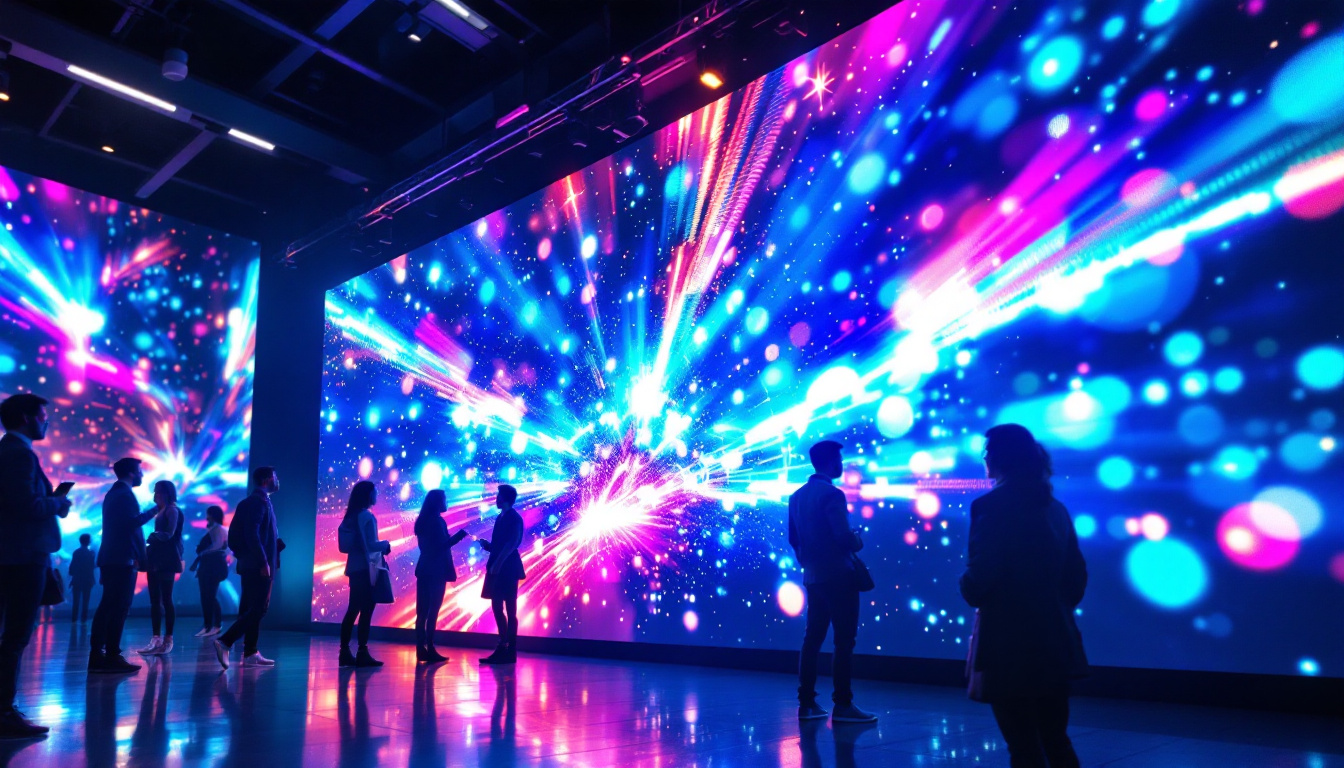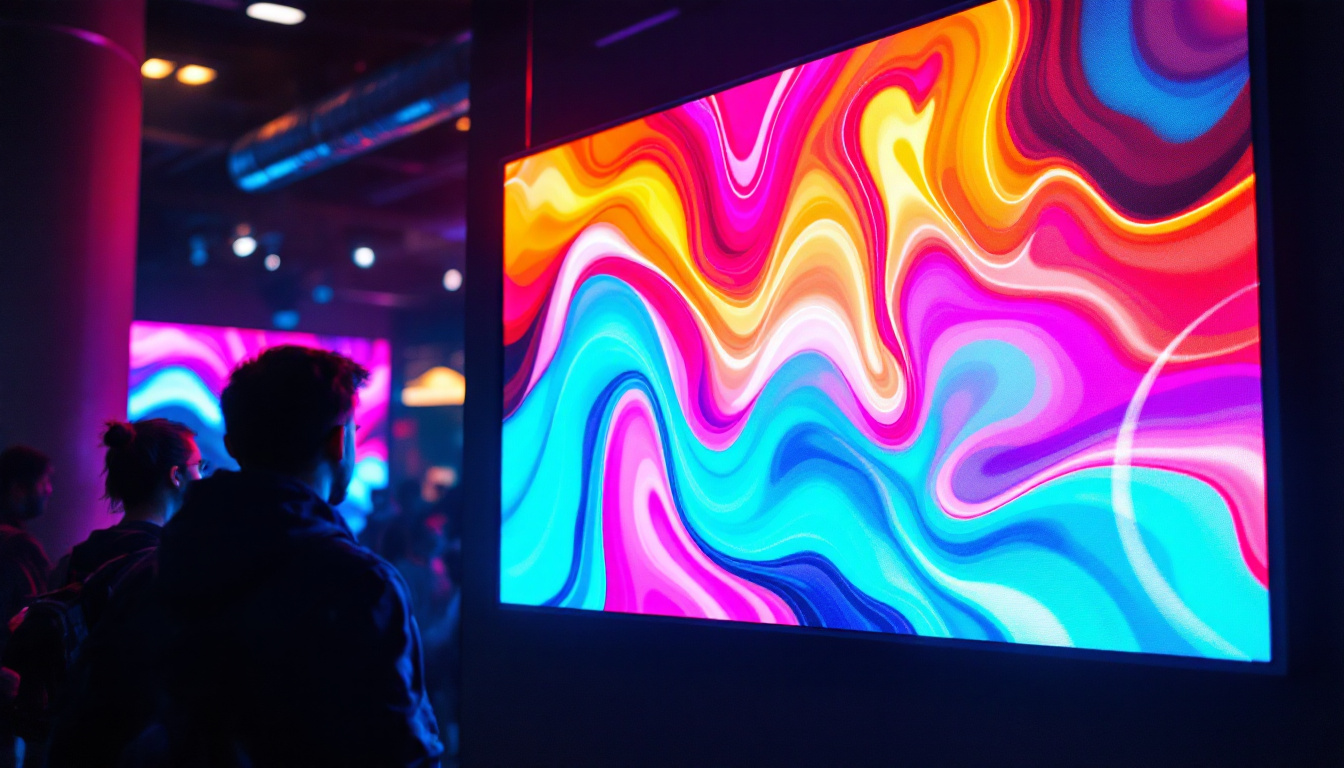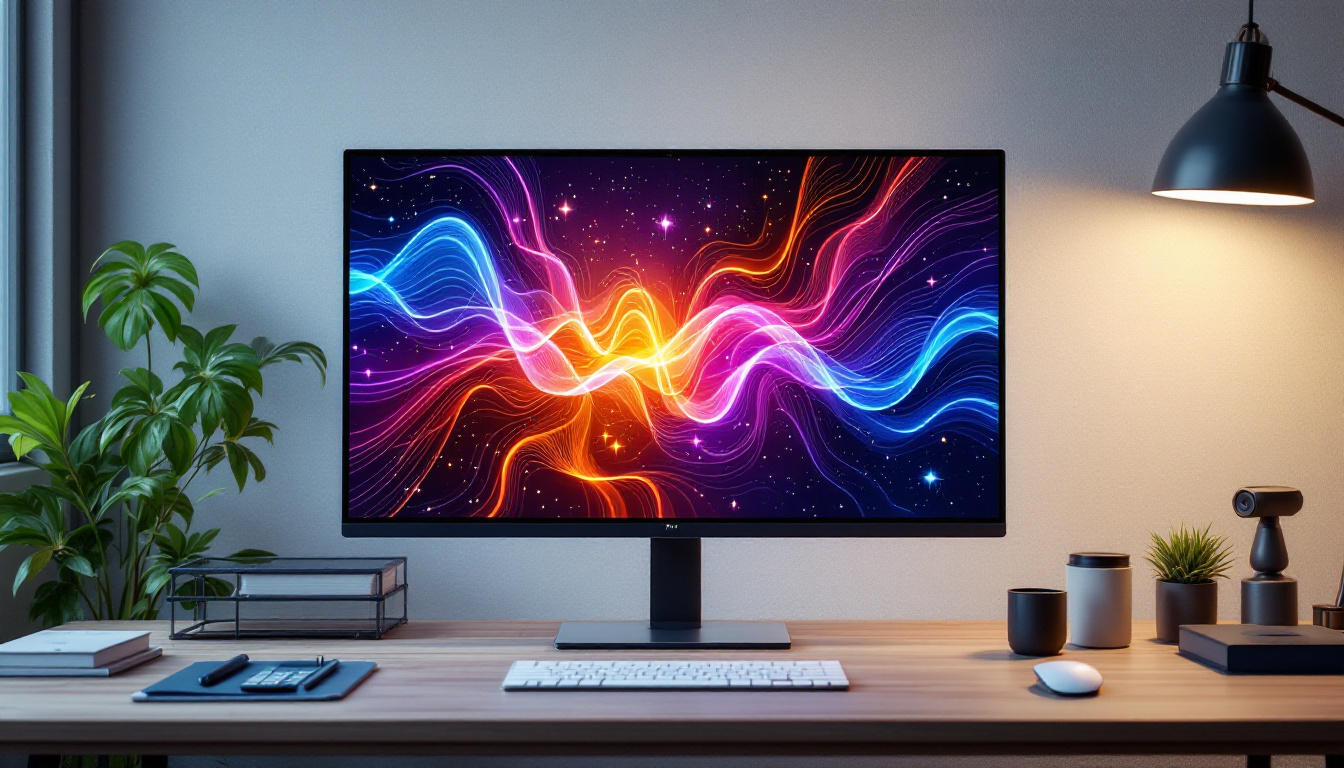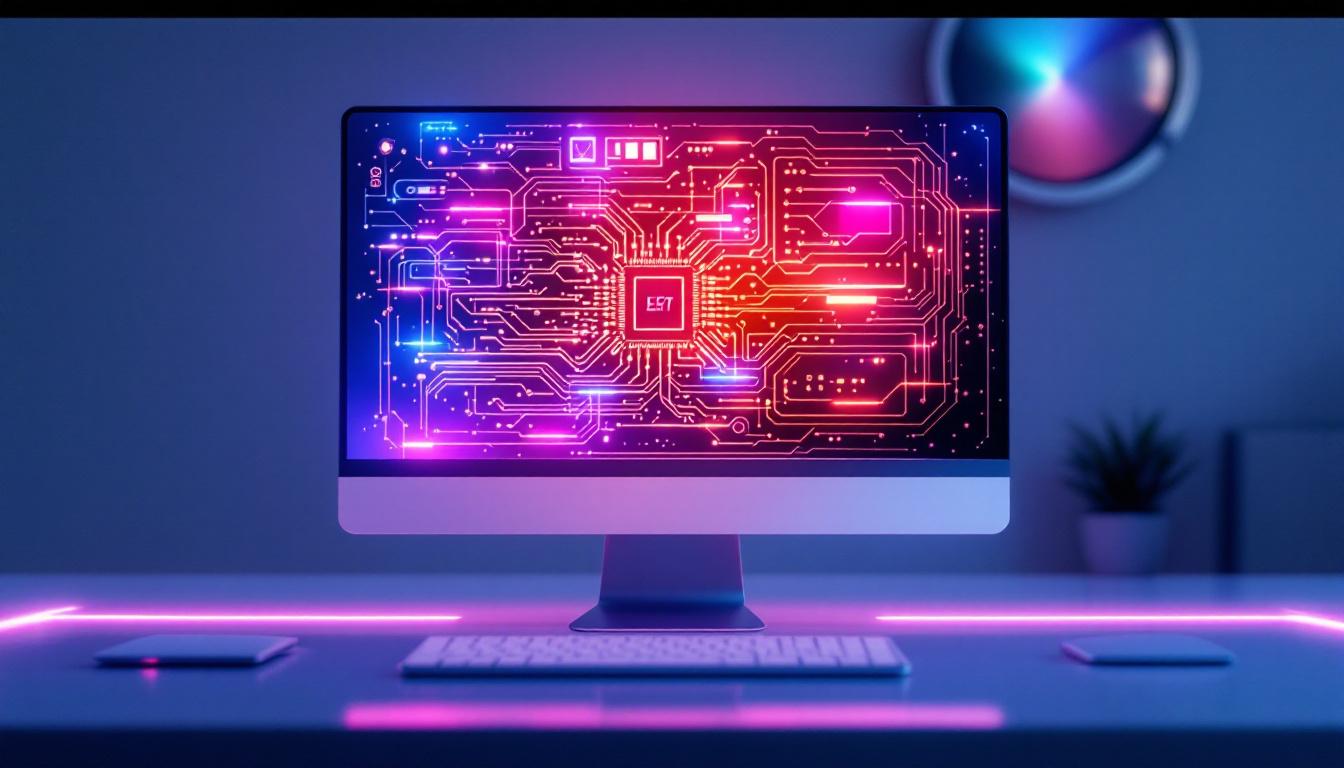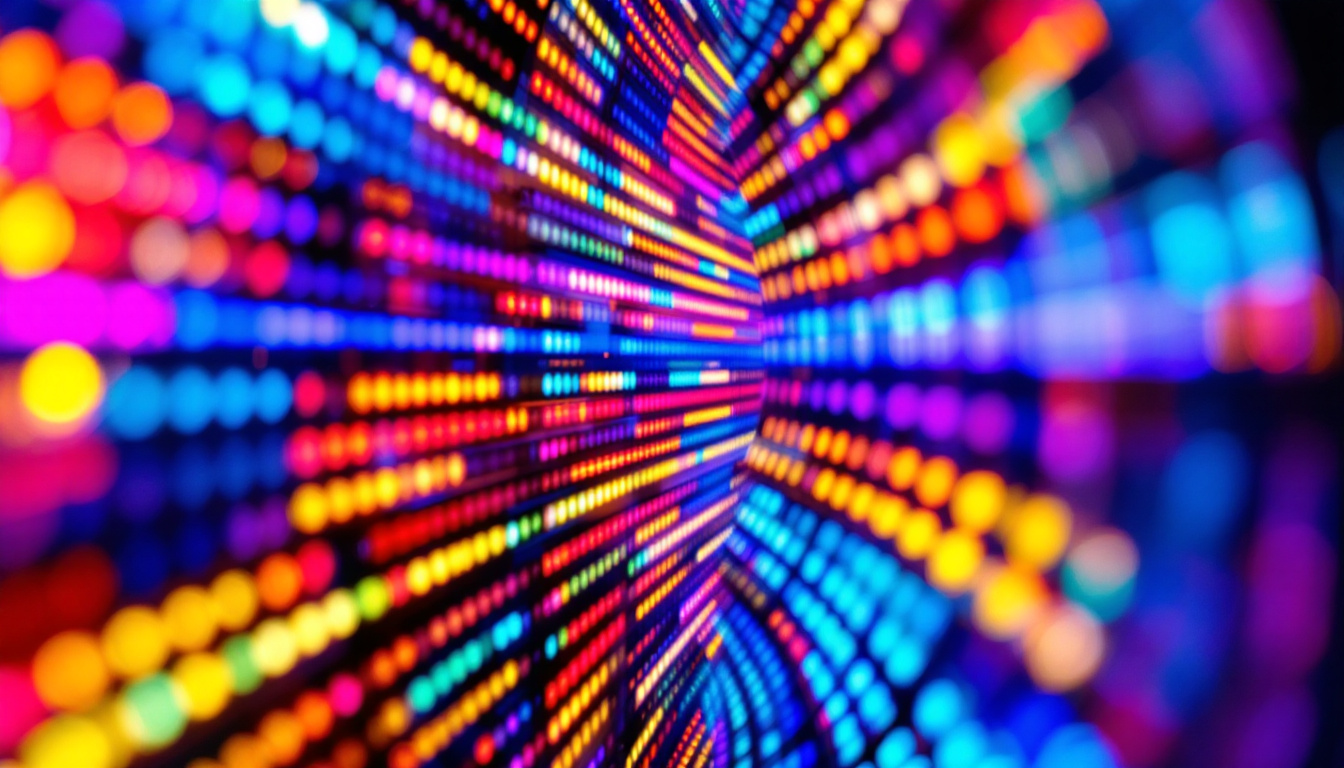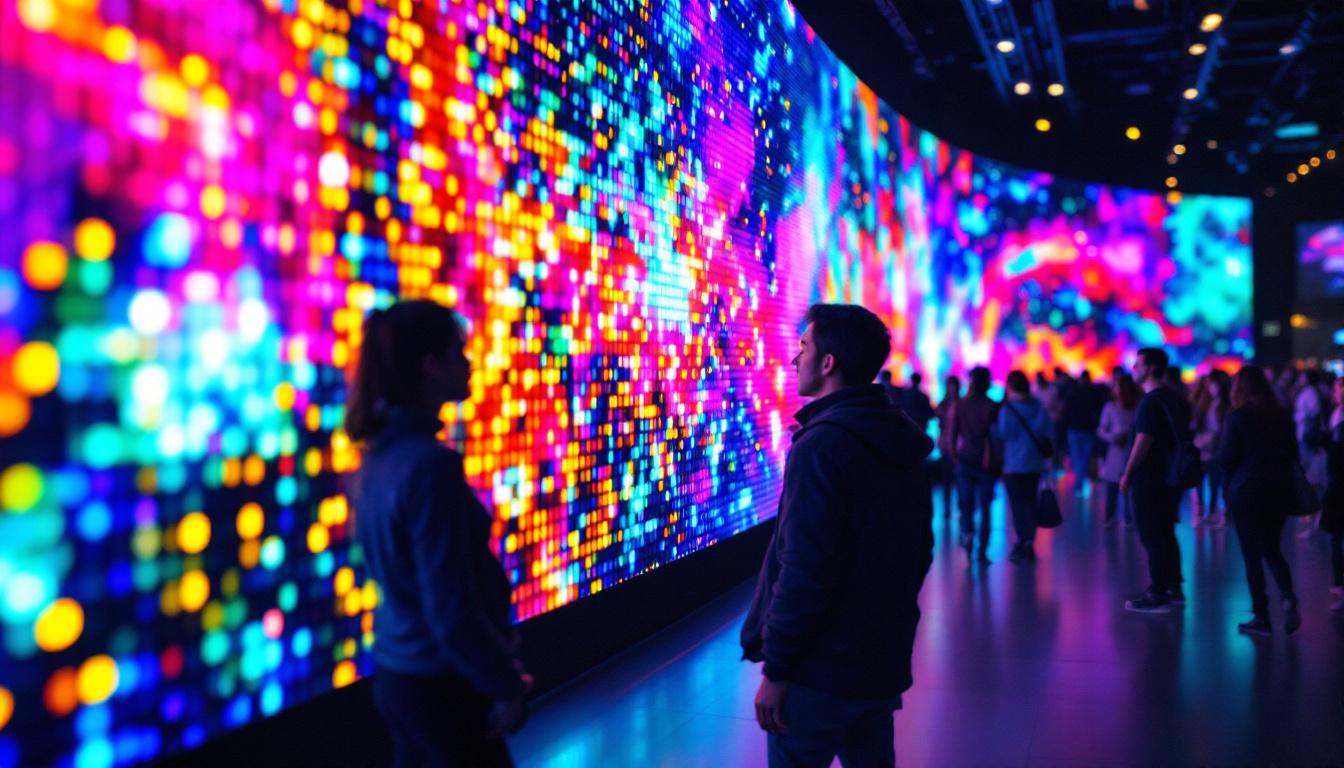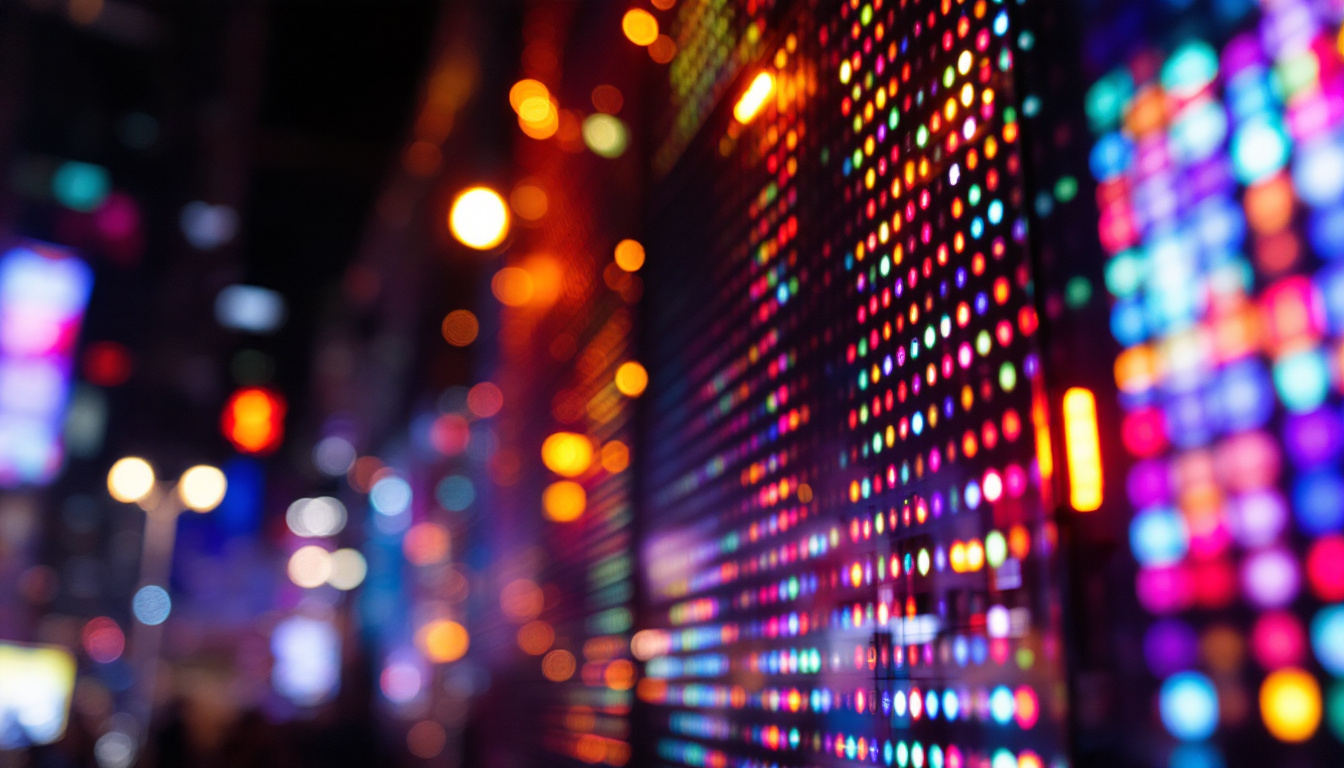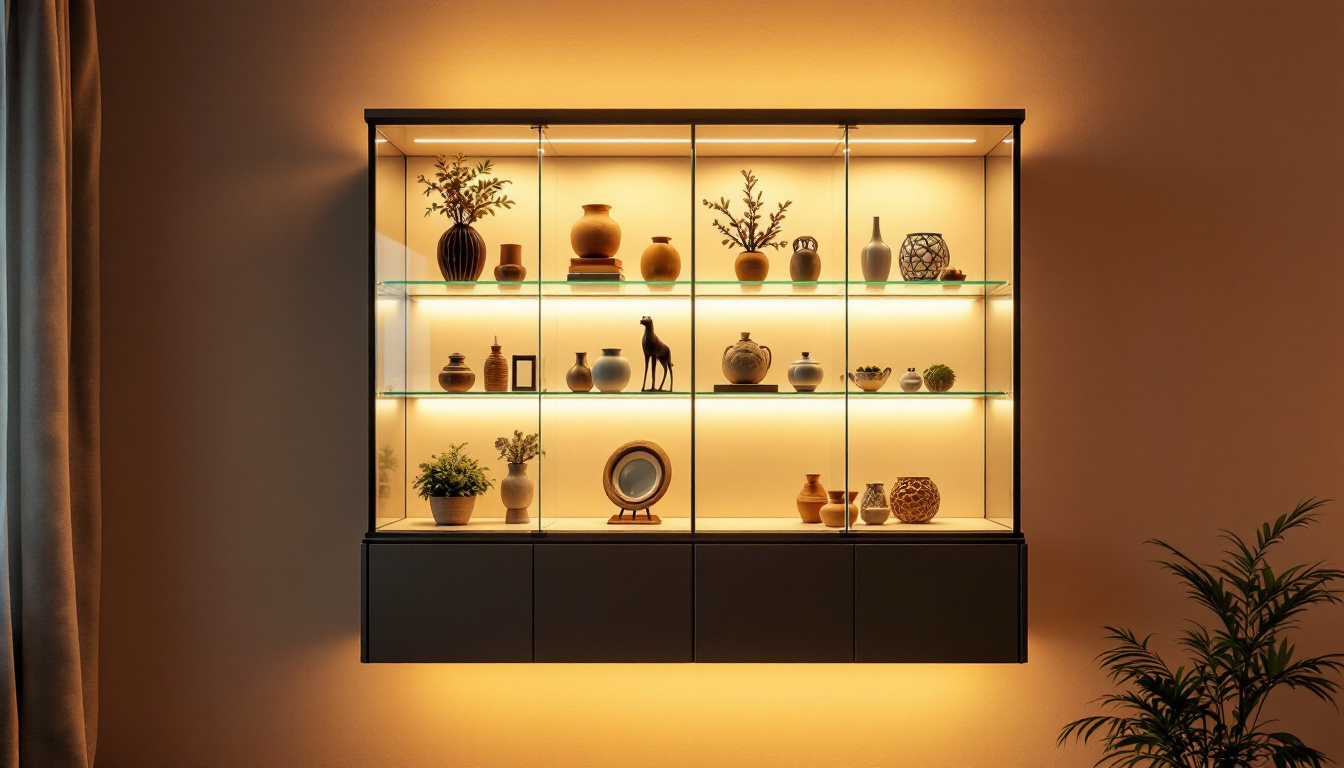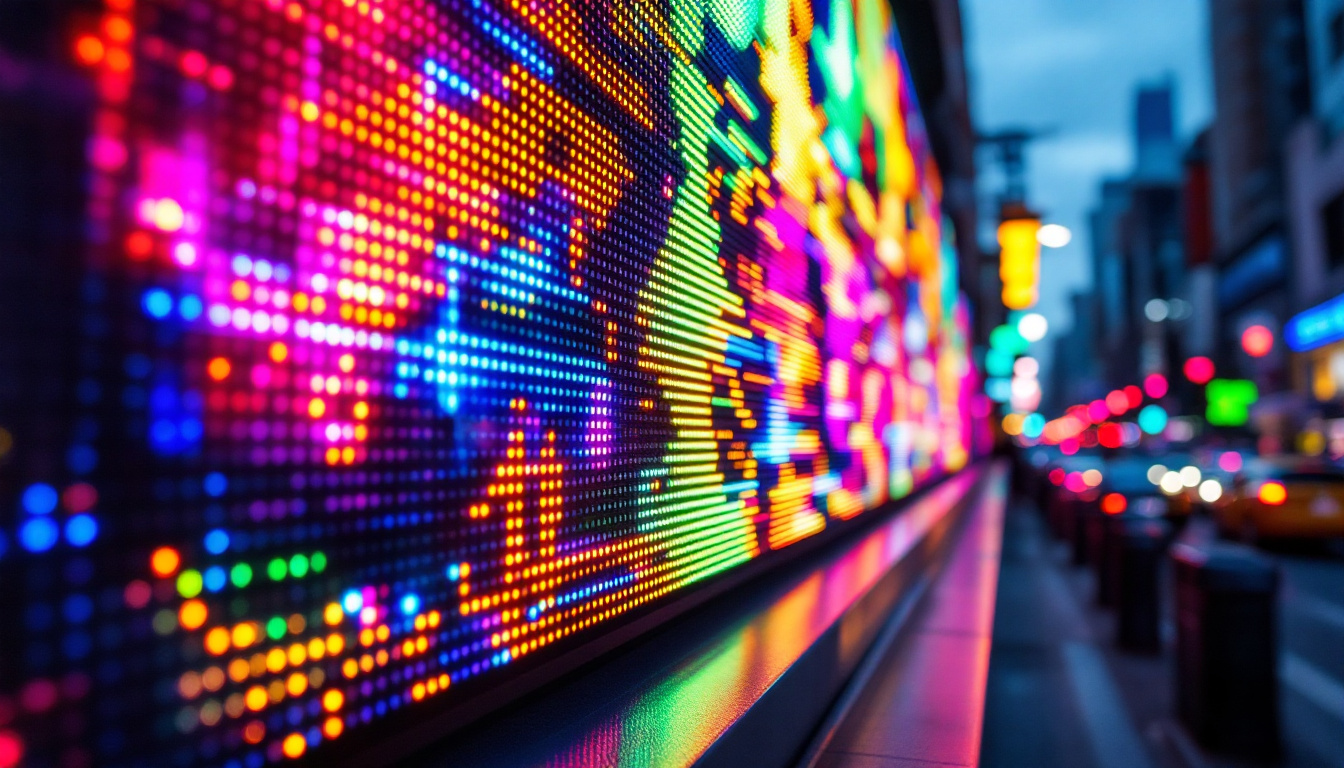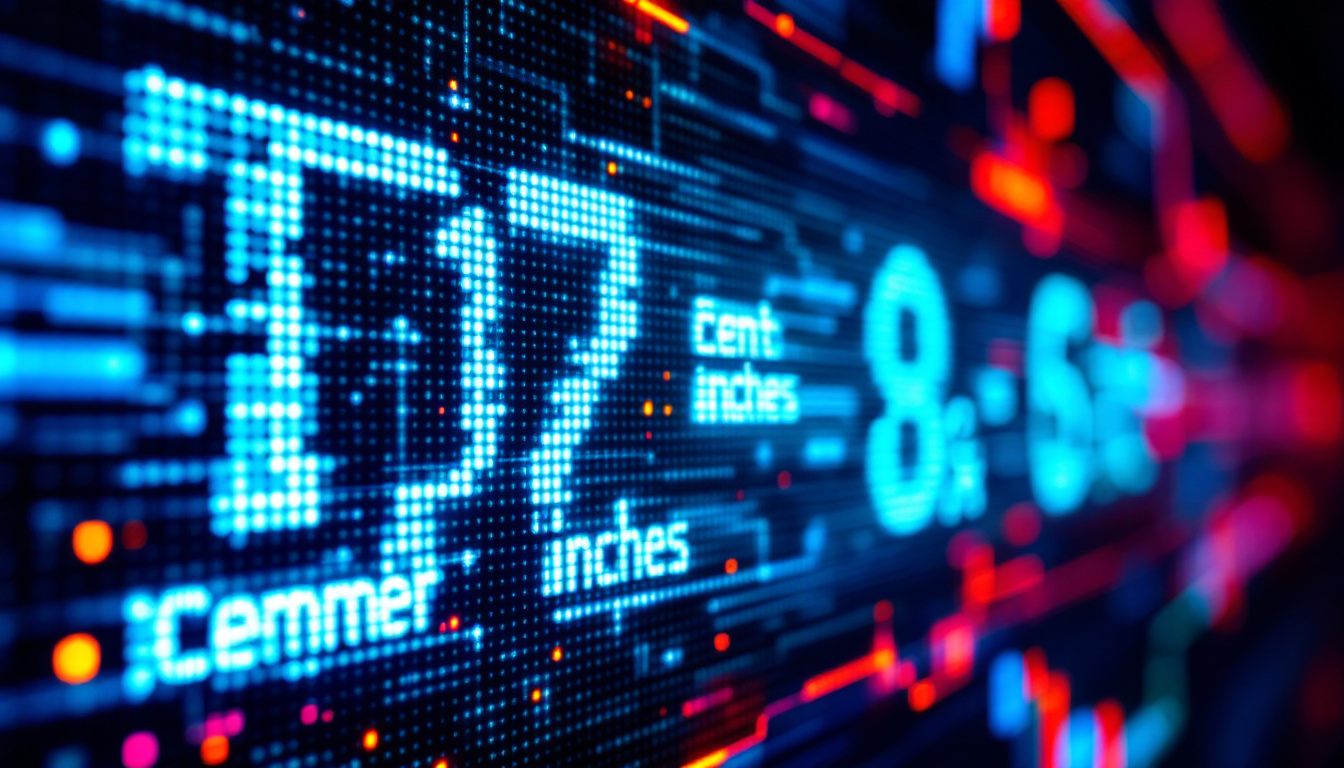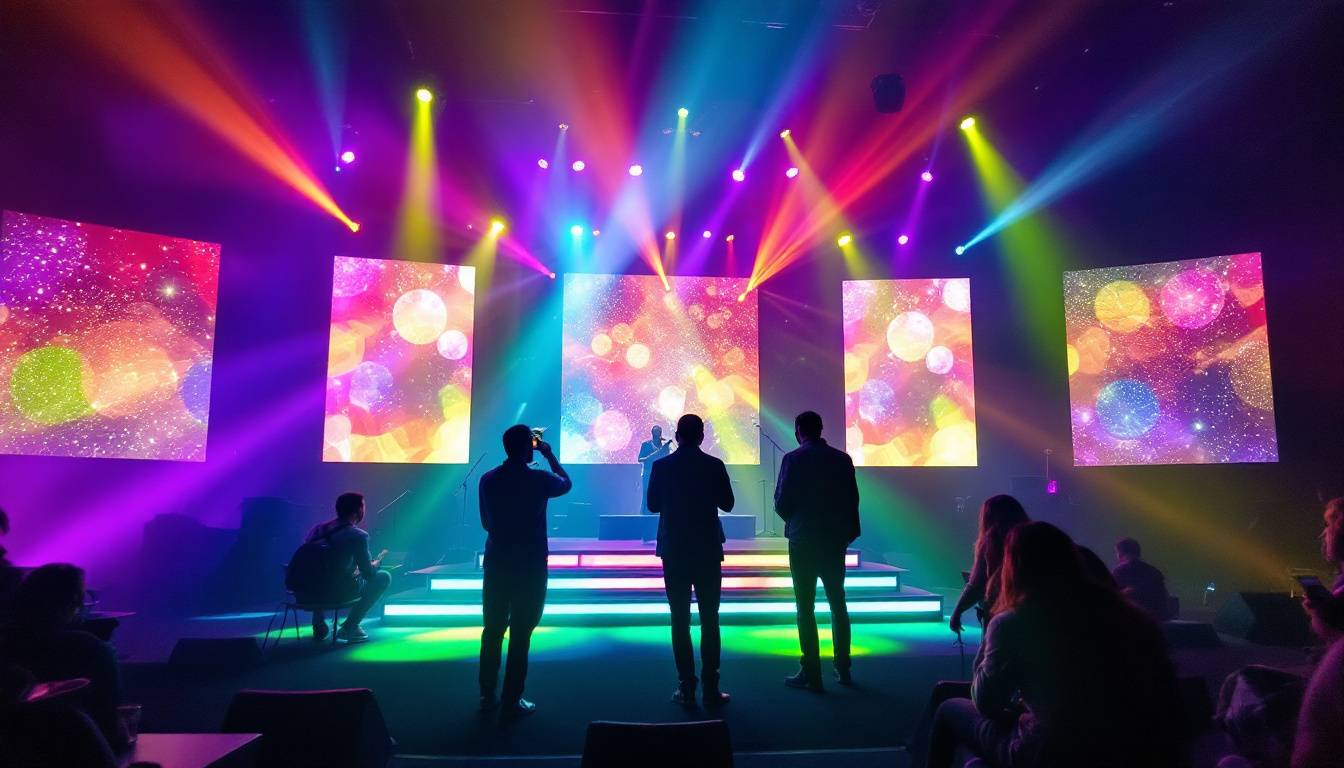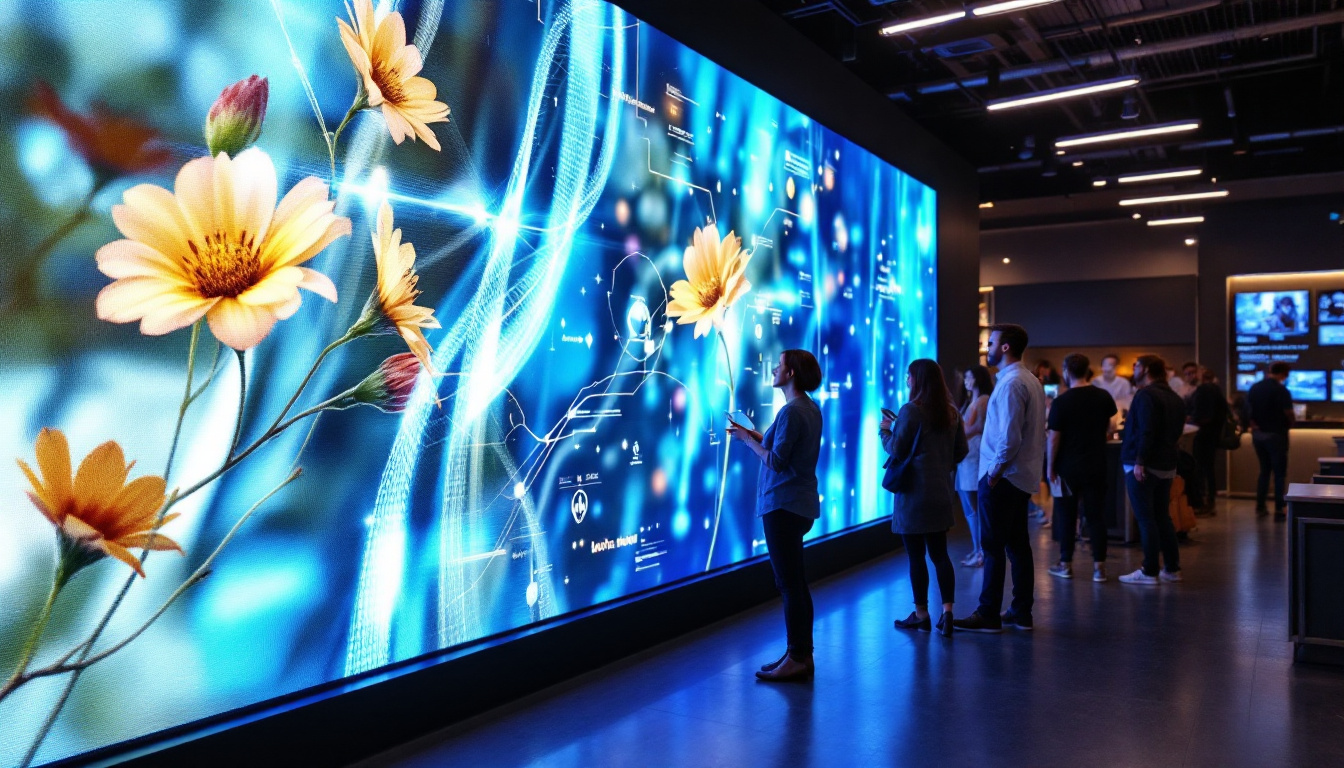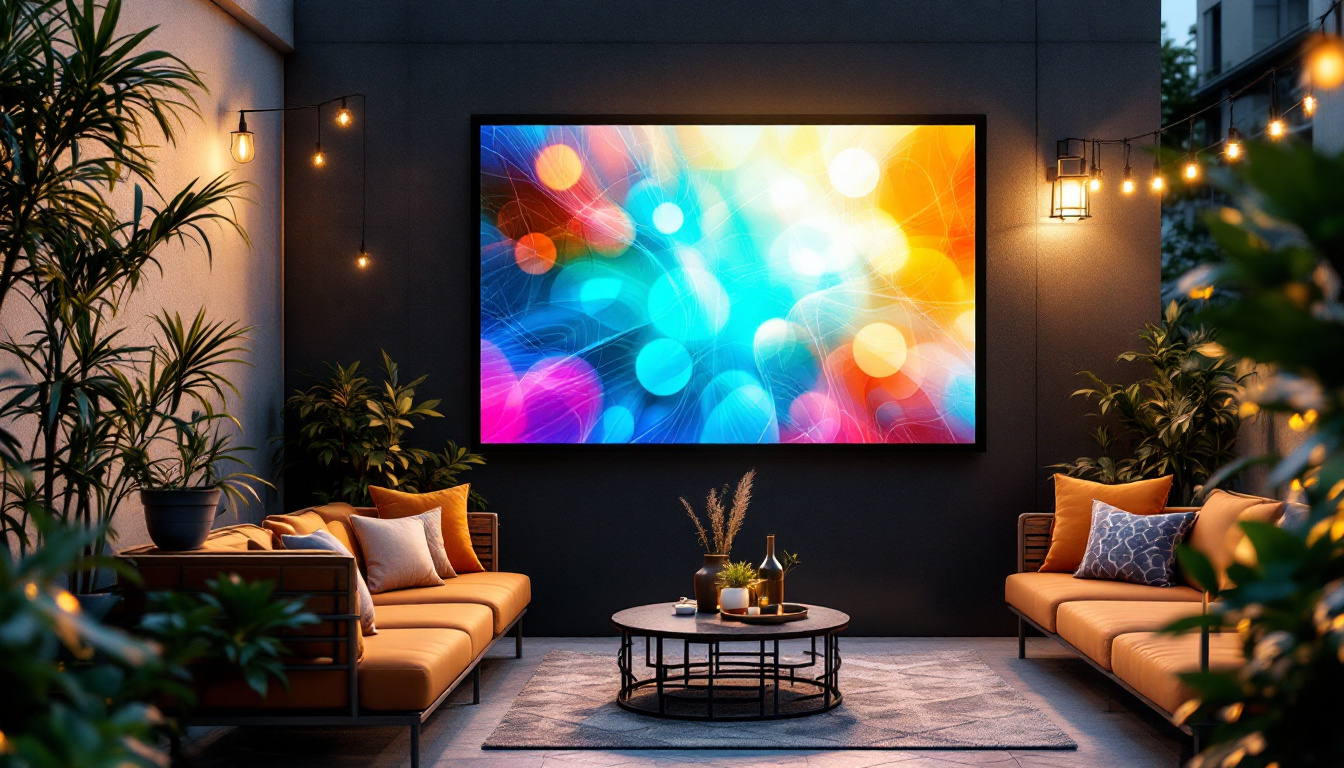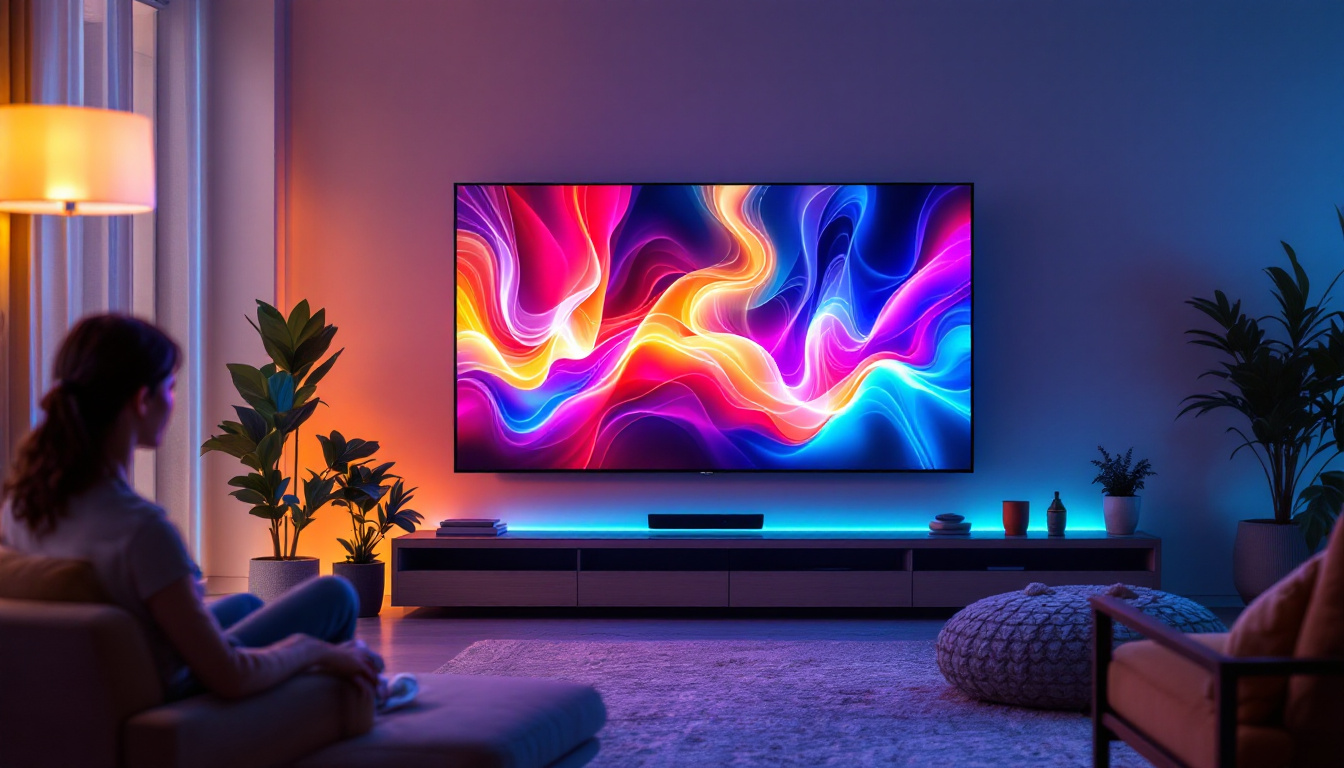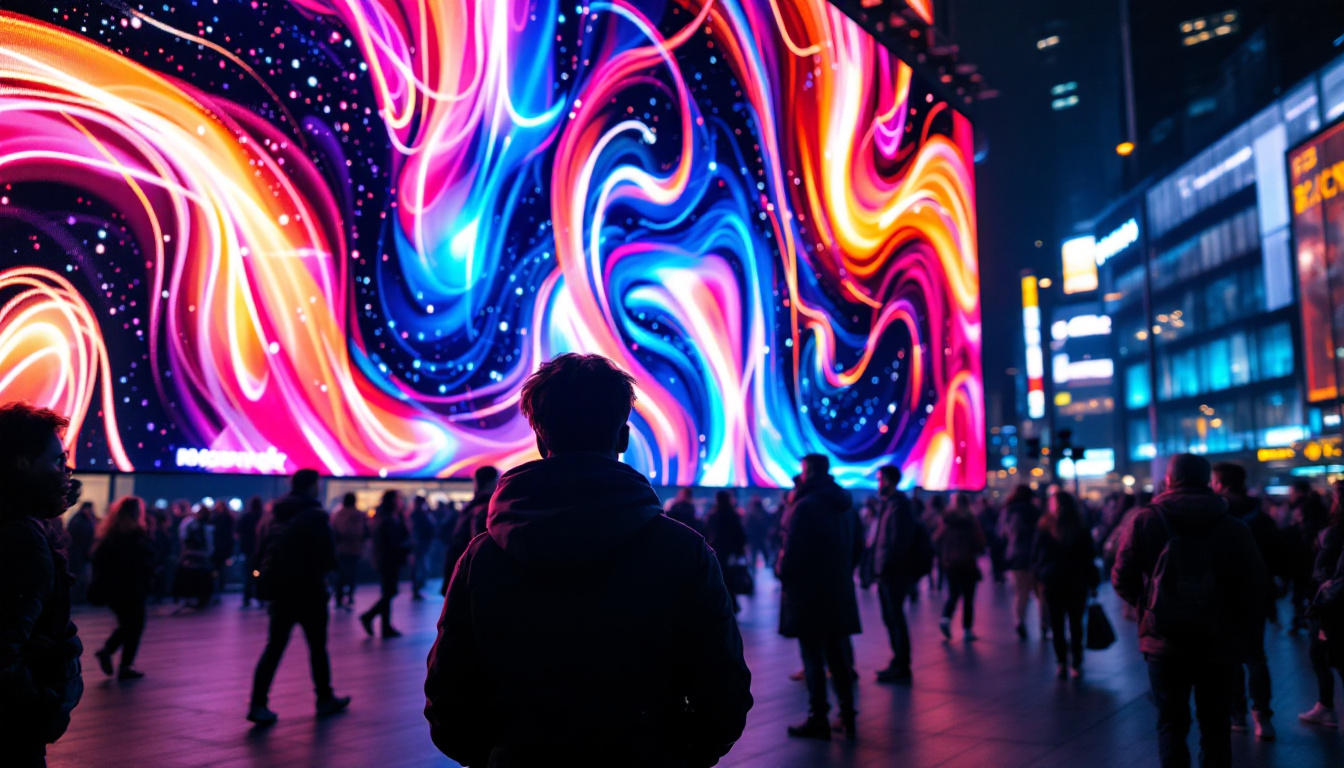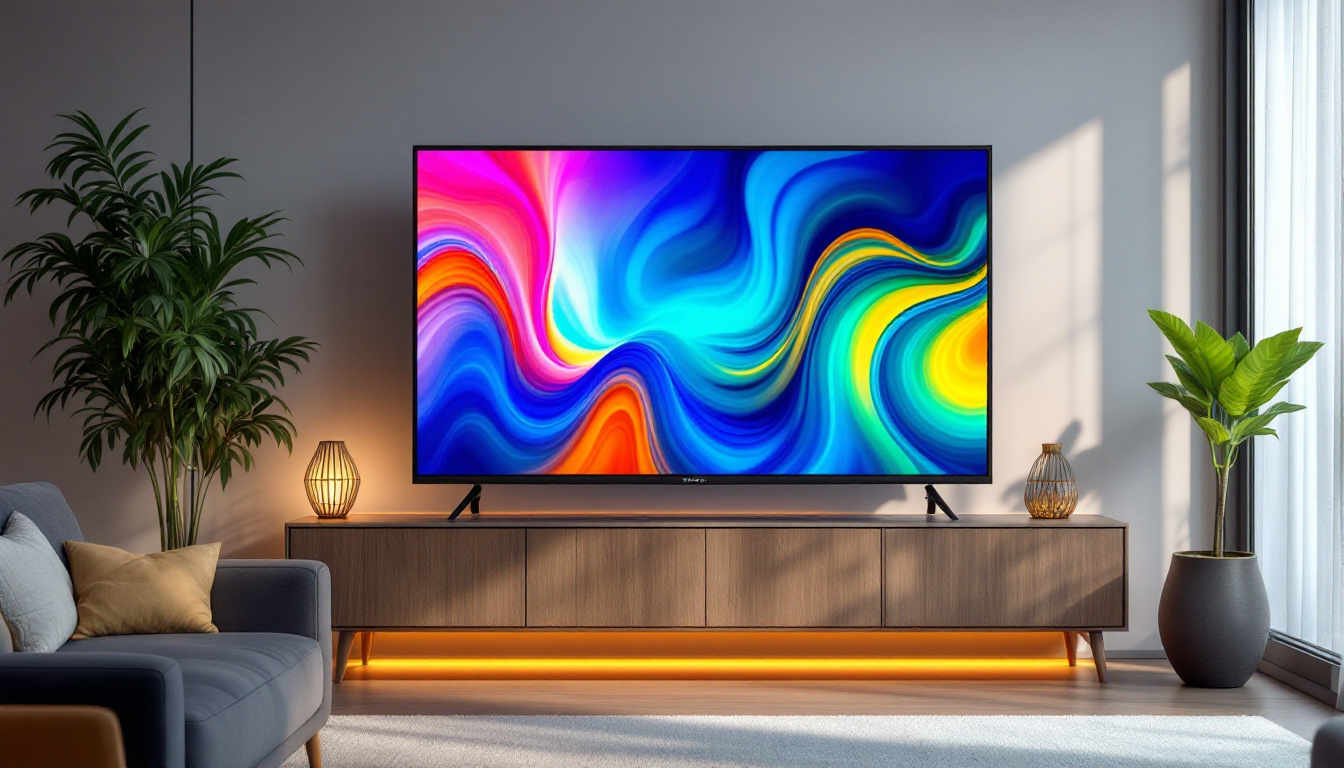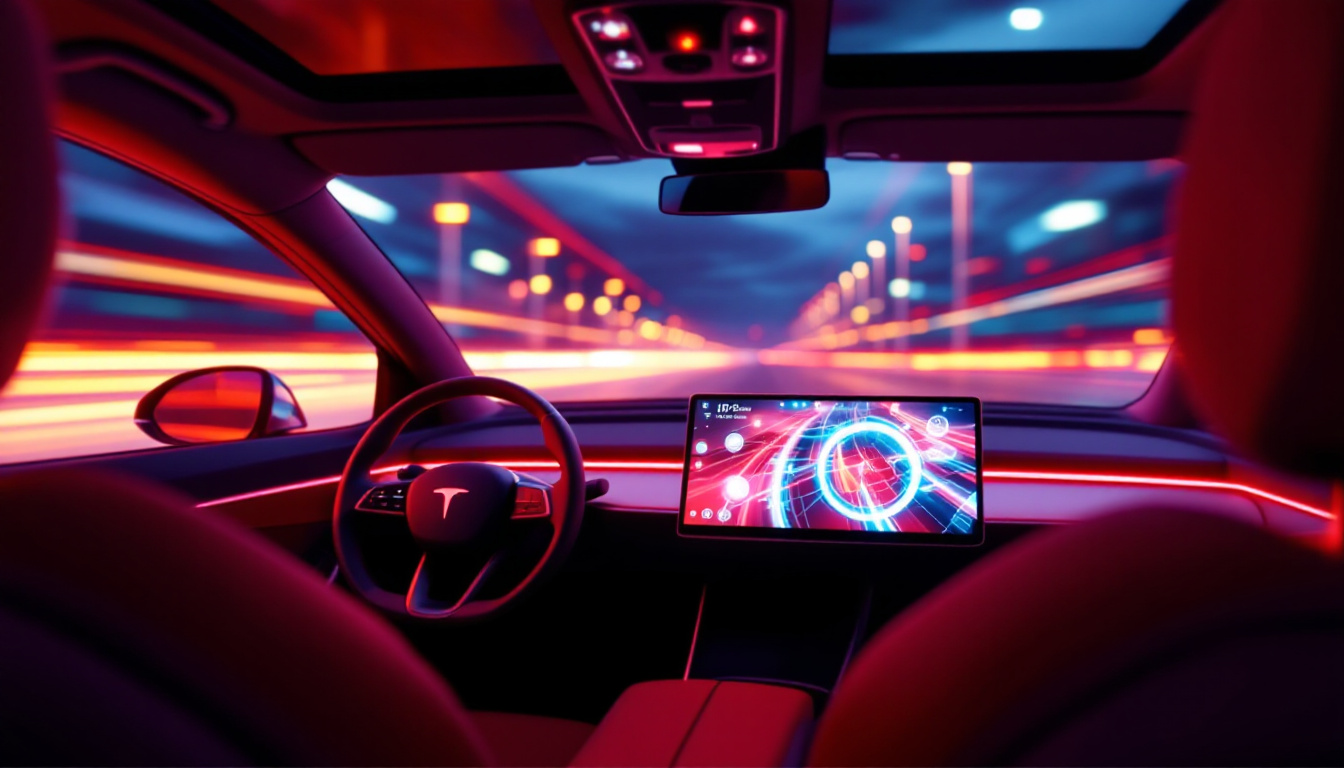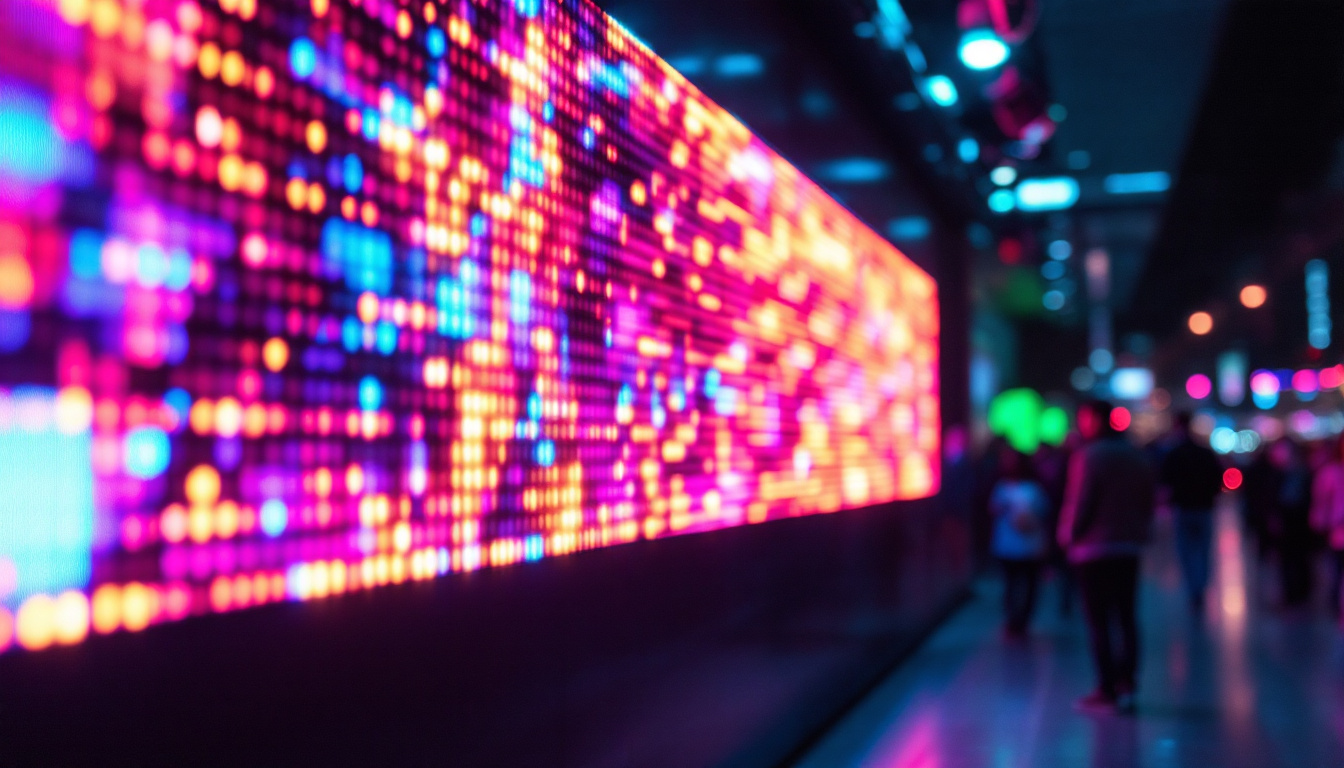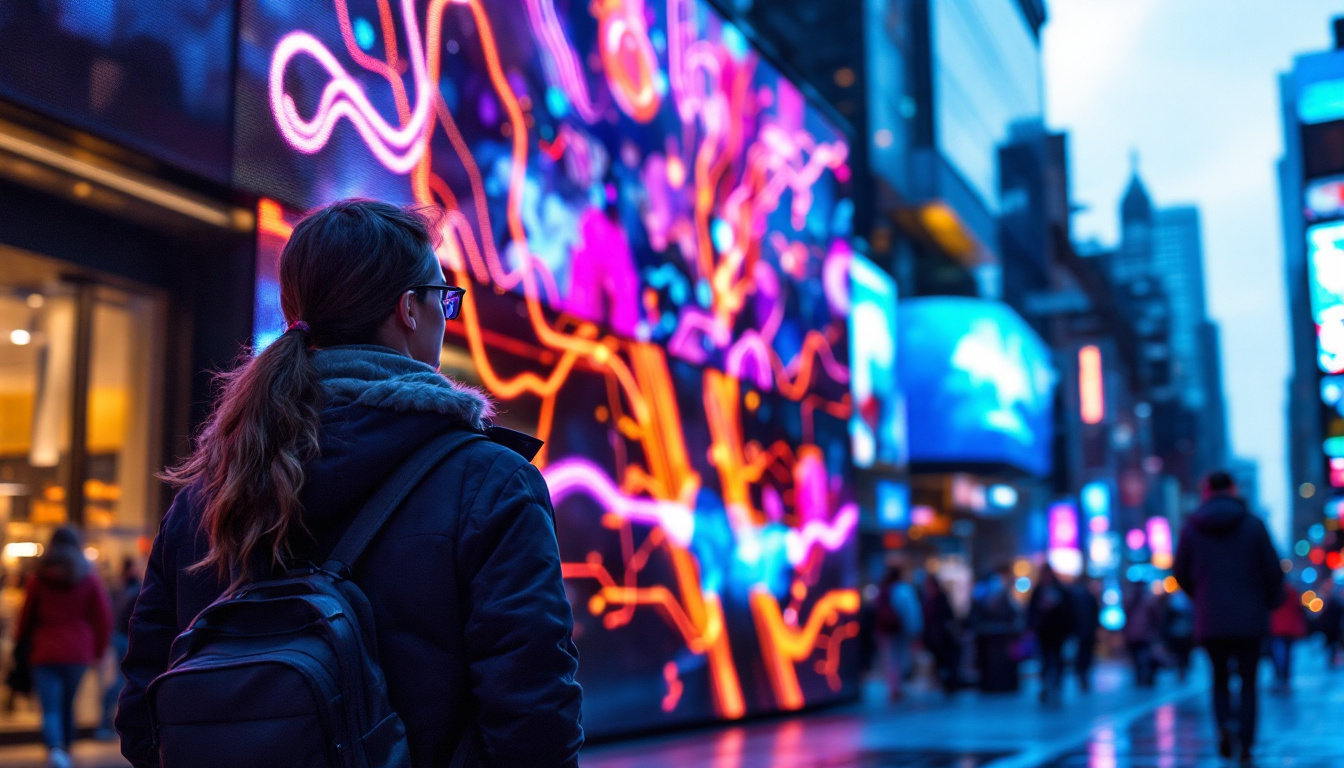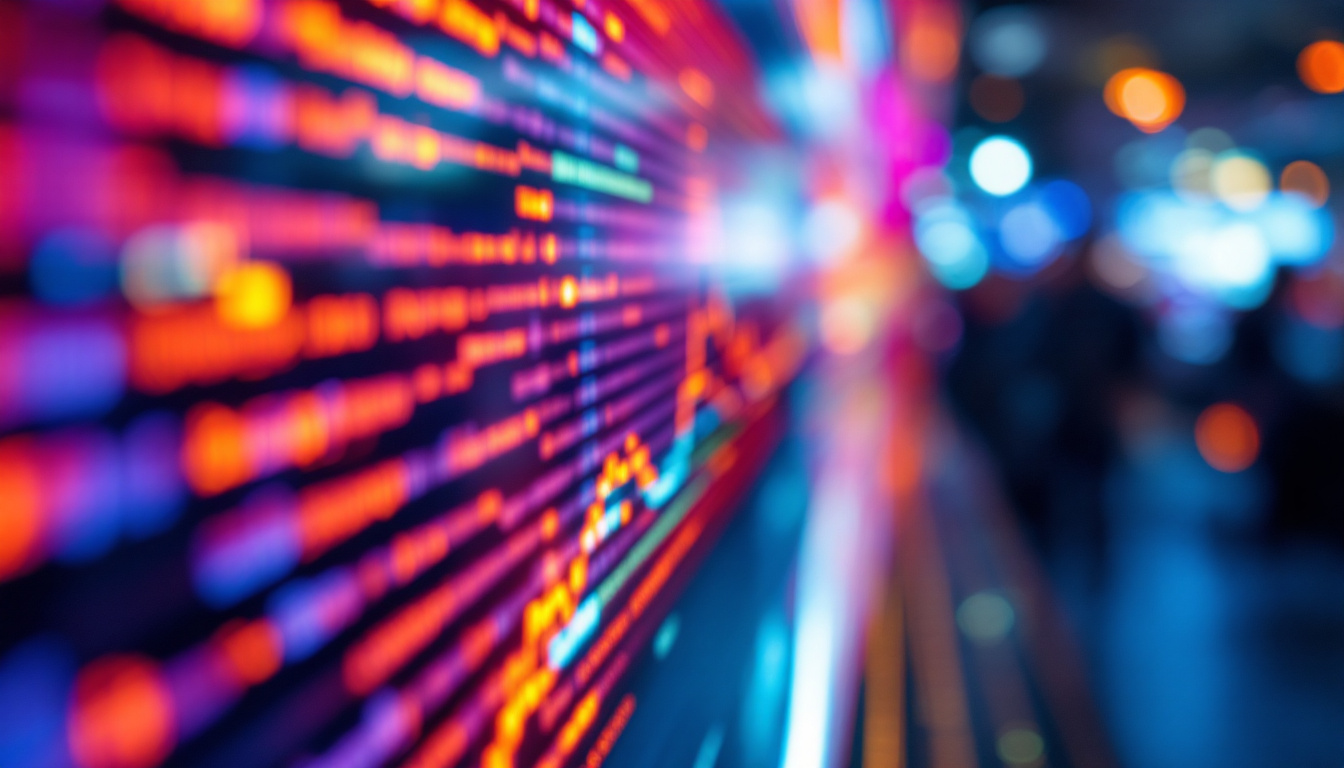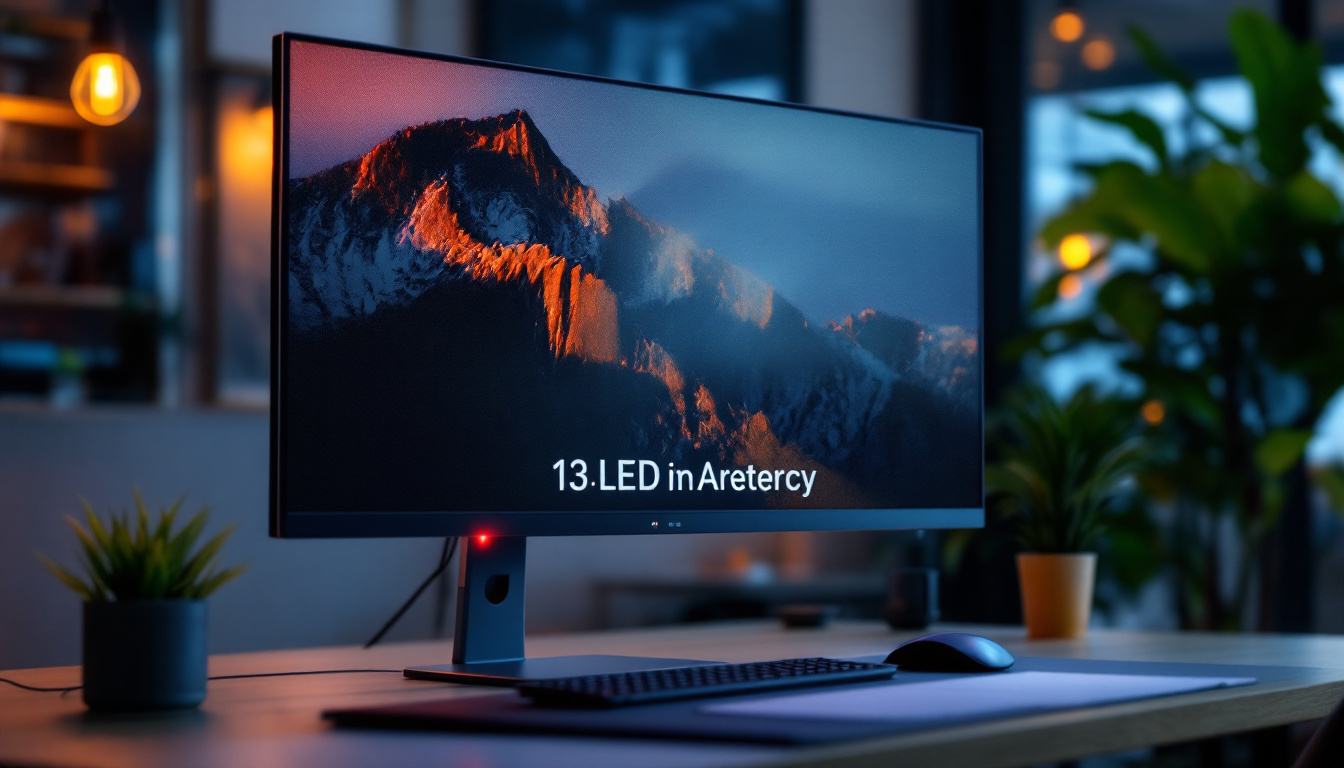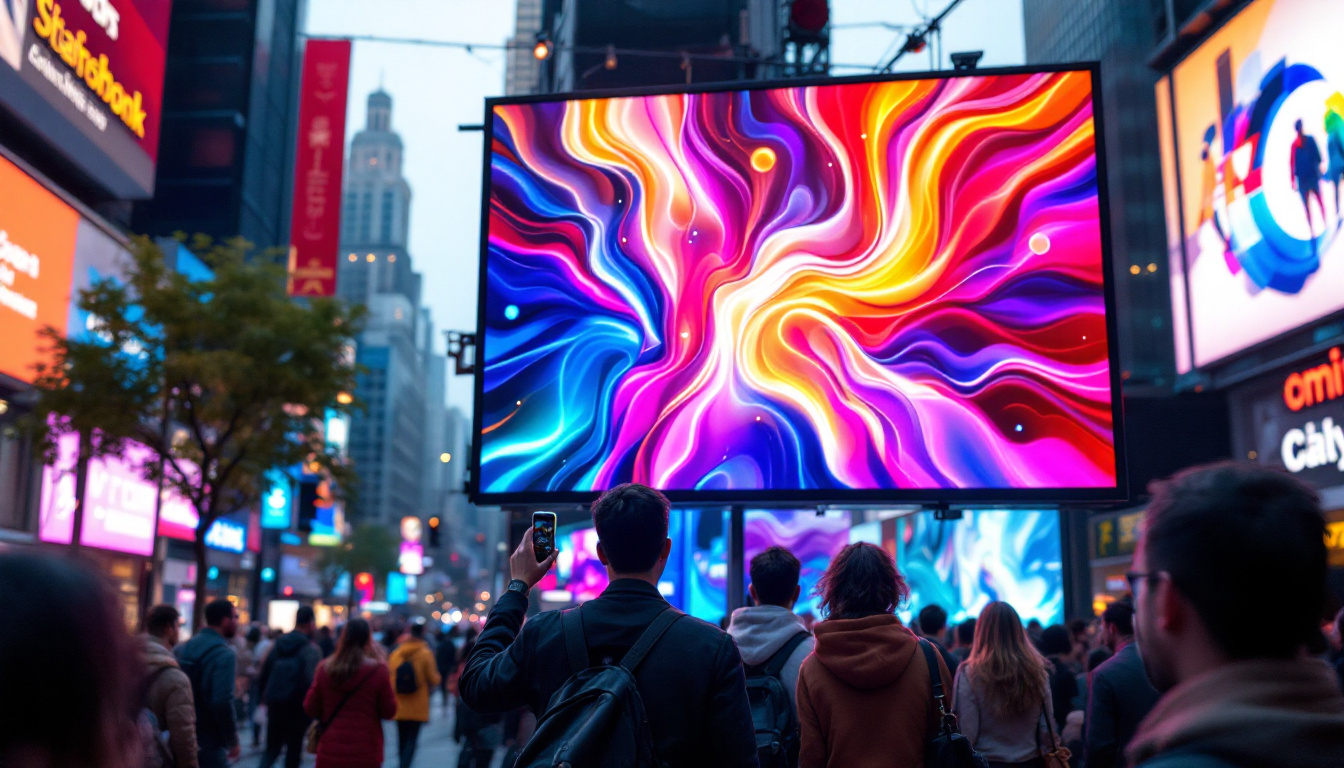In recent years, the demand for high-quality visual displays has surged, leading to the rise of LED projectors. These devices, often paired with screens, have become a popular choice for both home entertainment and professional presentations. This article delves into the world of LED projectors, exploring their technology, advantages, and applications.
Understanding LED Technology
LED, or Light Emitting Diode, technology has revolutionized the way we perceive light and color. Unlike traditional projectors that rely on lamps, LED projectors utilize small diodes to produce light, resulting in a more efficient and vibrant display. This shift not only enhances the viewing experience but also aligns with modern energy-saving practices, making LED projectors a popular choice among environmentally conscious consumers.
How LED Projectors Work
At the core of an LED projector is the light source, which consists of multiple LEDs that emit light in different colors. These diodes work together to create a full spectrum of colors, enhancing the overall picture quality. The light produced is directed through a series of lenses and mirrors, ultimately projecting the image onto a screen. The precision with which these components are engineered ensures that the light is not only bright but also evenly distributed, minimizing any hotspots or uneven lighting that can detract from the viewing experience.
One of the key advantages of LED technology is its longevity. LED lights can last up to 30,000 hours, significantly outpacing traditional bulbs, which typically last around 2,000 to 5,000 hours. This longevity not only reduces maintenance costs but also minimizes the hassle of frequent replacements. Additionally, the low heat output of LED projectors means they run cooler than their traditional counterparts, which can extend the lifespan of other internal components and enhance overall reliability.
Color Accuracy and Brightness
LED projectors are known for their exceptional color accuracy. The ability to produce a wider color gamut means that images appear more vibrant and true to life. This is particularly beneficial for presentations that require precise color representation, such as in graphic design or photography. Furthermore, the advanced color mixing technology used in many LED projectors allows for smoother transitions between colors, resulting in a more immersive viewing experience that captures the nuances of the original content.
In terms of brightness, LED projectors can achieve impressive lumens output, making them suitable for various lighting conditions. Whether in a dimly lit room or a well-lit environment, these projectors can adapt to ensure a clear and visible display. Many models also feature dynamic brightness adjustment capabilities, which automatically optimize the output based on the ambient light, ensuring that viewers can enjoy the best possible picture quality without manual intervention. This adaptability is particularly useful in multi-purpose spaces where lighting conditions can change frequently, allowing for seamless transitions between different types of content and settings.
Advantages of LED Projectors
Choosing an LED projector offers numerous benefits that cater to a wide range of users, from casual movie watchers to professionals requiring high-quality presentations.
Energy Efficiency
One of the standout features of LED projectors is their energy efficiency. Compared to traditional projectors, LED models consume significantly less power. This not only translates to lower electricity bills but also makes them a more environmentally friendly option.
Additionally, the reduced heat output of LED projectors means that they can operate for extended periods without overheating. This feature is particularly advantageous for long presentations or movie marathons, ensuring consistent performance without the risk of damage from excessive heat.
Portability and Design
LED projectors are often designed with portability in mind. Many models are compact and lightweight, making them easy to transport for on-the-go presentations or outdoor movie nights. Their sleek designs also make them aesthetically pleasing, fitting seamlessly into various environments.
Moreover, the versatility of LED projectors allows them to be used in a variety of settings, from home theaters to classrooms and conference rooms. This adaptability makes them a popular choice for users seeking a multi-functional display solution.
Applications of LED Projectors
LED projectors have found their way into numerous applications, showcasing their versatility and effectiveness across different fields.
Home Entertainment
For home theater enthusiasts, LED projectors provide an immersive viewing experience that rivals traditional television setups. With the ability to project large images onto screens or walls, users can enjoy movies, sports events, and gaming sessions in a way that feels cinematic.
Additionally, many LED projectors support high-definition and 4K resolutions, ensuring that viewers can enjoy stunning visuals with incredible detail. This capability has made them a favorite among those looking to enhance their home entertainment systems.
Education and Training
In educational settings, LED projectors play a crucial role in enhancing learning experiences. Teachers can display presentations, videos, and interactive content to engage students more effectively. The portability of these projectors also allows for easy setup in various classrooms or outdoor learning environments.
Furthermore, training sessions and workshops benefit from the clarity and brightness of LED projectors, ensuring that all participants can see the material being presented, regardless of the room’s lighting conditions.
Corporate Presentations
In the corporate world, effective communication is key, and LED projectors facilitate this by providing clear and vibrant displays for presentations. Whether in boardrooms or at conferences, these projectors help convey ideas and data in a visually appealing manner.
Moreover, the energy efficiency and low maintenance of LED projectors make them a cost-effective choice for businesses. Organizations can invest in a reliable display solution that reduces operational costs while enhancing their presentation capabilities.
Choosing the Right LED Projector
With a plethora of options available in the market, selecting the right LED projector can be daunting. Several factors should be considered to ensure that the chosen model meets specific needs and preferences.
Brightness and Resolution
When evaluating LED projectors, brightness is a critical factor. Measured in lumens, a higher brightness rating is essential for environments with ambient light. For home theaters, a projector with 1,500 to 2,500 lumens is typically sufficient, while corporate settings may require models with 3,000 lumens or more.
Resolution is another important consideration. For standard presentations, a 1080p resolution is often adequate. However, for high-definition content or detailed visuals, opting for a 4K projector can significantly enhance the viewing experience.
Portability and Connectivity
For users who plan to move their projectors frequently, portability is paramount. Look for lightweight models with compact designs that are easy to transport. Additionally, consider the connectivity options available. HDMI, USB, and wireless capabilities are essential for connecting to various devices, such as laptops, smartphones, or streaming devices.
Budget Considerations
Budget plays a crucial role in the decision-making process. LED projectors come in a wide range of prices, so it’s essential to determine how much to invest based on intended use. While high-end models offer advanced features and superior performance, there are also budget-friendly options that provide excellent value for casual users.
Setting Up Your LED Projector
Once the right LED projector has been chosen, setting it up correctly is vital for optimal performance. Proper installation can significantly impact the quality of the projected image.
Choosing the Right Screen
The screen used with an LED projector can greatly affect the overall viewing experience. Various screen types are available, including fixed-frame, retractable, and portable options. Selecting a screen that complements the projector’s brightness and resolution is essential for achieving the best image quality.
Additionally, the screen’s gain factor, which measures how much light is reflected, should be considered. A higher gain screen is ideal for brighter projectors, while a lower gain screen may be better suited for dimmer models.
Optimal Placement and Distance
Placement is another critical aspect of projector setup. The distance between the projector and the screen, known as the throw distance, will determine the size of the projected image. Most LED projectors come with specifications detailing the ideal throw distance for various image sizes.
Furthermore, ensuring that the projector is level and aligned with the screen will prevent distortion and maintain image clarity. Adjusting the keystone settings can also help correct any trapezoidal distortion caused by improper placement.
Calibrating Settings
After installation, calibrating the projector settings is essential for achieving the best picture quality. Adjusting brightness, contrast, and color settings can significantly enhance the viewing experience. Many projectors come with preset modes tailored for different environments, such as cinema or presentation modes, which can simplify this process.
Maintenance and Care
To ensure the longevity and optimal performance of an LED projector, regular maintenance is necessary. Proper care can prevent common issues and enhance the projector’s lifespan.
Cleaning the Lens
The lens of the projector is susceptible to dust and smudges, which can affect image quality. Regularly cleaning the lens with a microfiber cloth is essential to maintain clarity. Avoid using harsh chemicals that could damage the lens coating.
Checking Air Filters
Many LED projectors come equipped with air filters to prevent dust buildup inside the unit. Regularly checking and cleaning these filters is crucial to ensure proper ventilation and cooling. Clogged filters can lead to overheating and damage to the projector.
Software Updates
Some LED projectors may require software updates to enhance performance or add new features. Keeping the projector’s firmware up to date can improve functionality and compatibility with various devices. Regularly check the manufacturer’s website for available updates and instructions on how to install them.
Conclusion
LED projectors have transformed the way we experience visual content, offering vibrant colors, energy efficiency, and versatility across various applications. Whether for home entertainment, education, or corporate use, these devices provide a reliable and high-quality display solution.
By understanding the technology behind LED projectors, their advantages, and how to choose and maintain them, users can make informed decisions that enhance their viewing experiences. As technology continues to advance, LED projectors are poised to remain at the forefront of display solutions, catering to the ever-evolving needs of consumers and professionals alike.
Discover LumenMatrix LED Display Solutions
Ready to elevate your visual experience with the latest in LED technology? Look no further than LumenMatrix, a pioneer in crafting exceptional LED display modules for a multitude of applications. From the immersive Indoor LED Wall Display to the dynamic Outdoor LED Wall Display, and from the innovative Vehicle LED Display to the sleek LED Poster Display, LumenMatrix has a solution to captivate any audience. Embrace the future of visual communication with our LED Sports Display, Floor LED Display, Custom LED Display, All-in-One LED Display, and LED Transparent Display. Don’t miss the opportunity to transform your space and engage viewers like never before. Check out LumenMatrix LED Display Solutions today and start creating unforgettable visual experiences.

